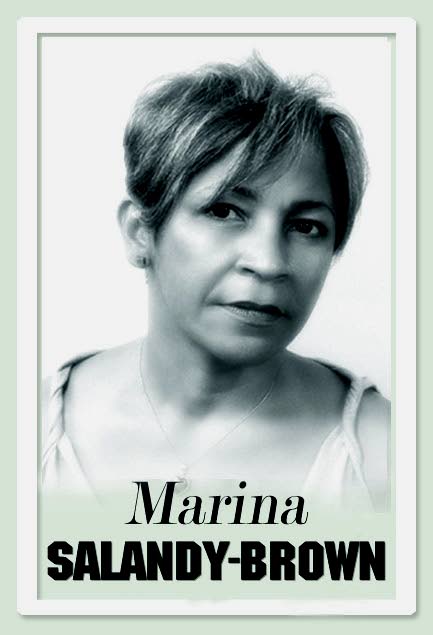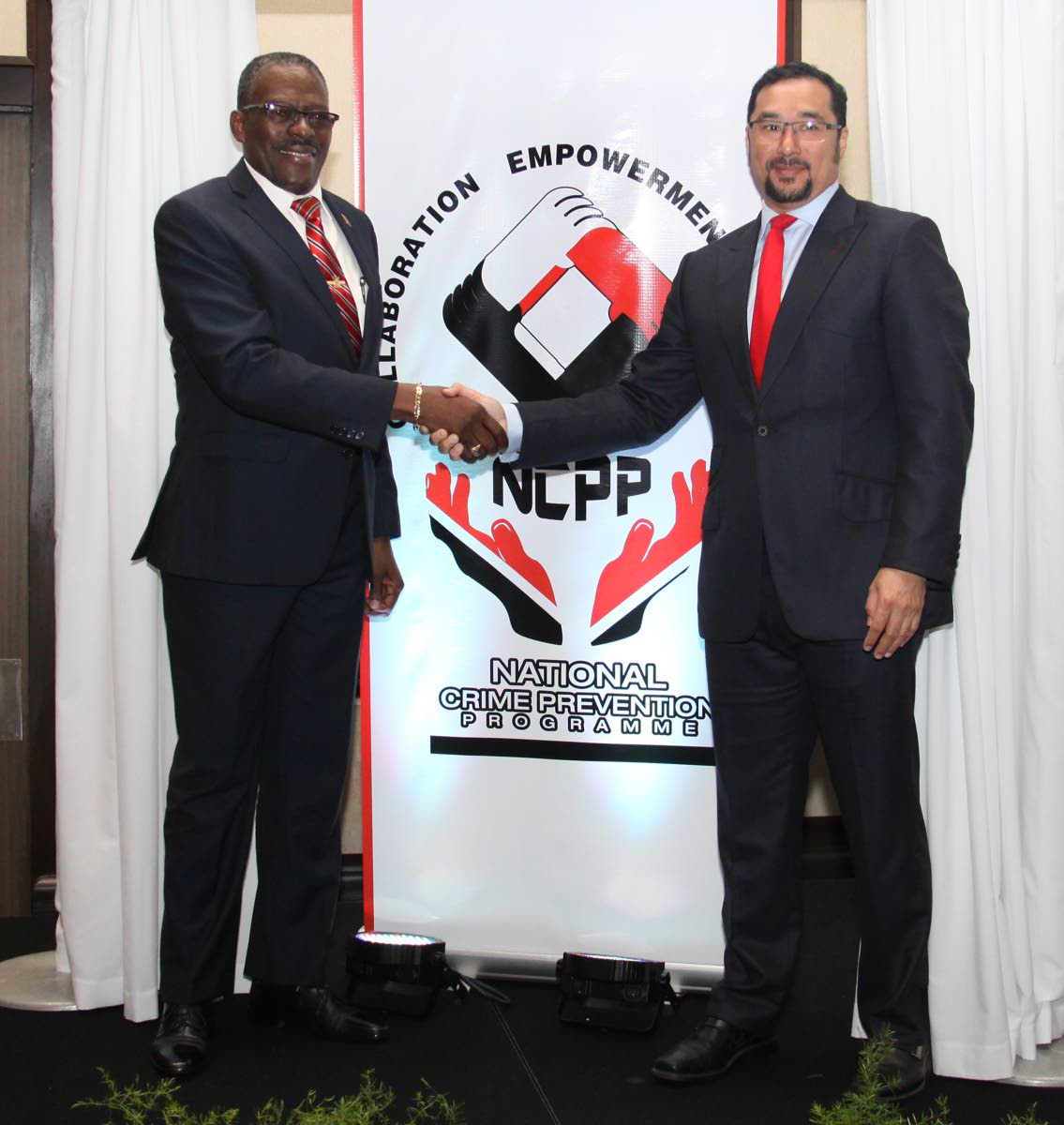Abating London’s violent crime wave

Marina Salandy-Brown
People in London, where I am this week, are deeply disturbed by an epidemic of murders, predominantly among people under 25 years old. Over 80 people have been murdered this year in Britain’s capital city and 1,300 stabbings have occurred. The numbers look like child’s play compared to TT’s horrendous 300-plus murders for 2018, which seems headed to break the record 550 murders in 2008.
Like in TT, the violence here is gang related, but the difference is that London does not have the guns problem we have, so deaths are lower. Also, London’s population is over 8 million while TT’s total population numbers 1.3 million, which means the culture of violence impinges upon all TT citizens, even if murders largely occur in hotspots. It is interesting that despite the fact that London is so vast and one can remain remote and aloof from the youth violence, which also occurs in particular areas, 15-17 year old Londoners in general are feeling unsafe, according to a survey by the charity London Youth. That is not surprising, however, when there are an estimated 46,000 children involved in gangs.
A report published this week by The Youth Violence Commission claims that the violence is preventable and calls for an entirely new approach, away from policing and towards a public health-focused approach. The Commission wass set up as a fact-finding, cross-party Parliamentary initiative and took 18 months to complete the interim report. It recommends copying a very effective model used in Glasgow - the Violence Reduction Unit [VRU], which turned the Scottish city from the most violent in Western Europe to one of the safest. I want to propose that we too can learn from such a model, but first of all we must have the political will, which we appear to lack. I notice our Opposition has been denigrating the government’s intention, announced last week, to develop a new National Crime Prevention Programme (NCPP), which sounds almost identical to the very successful VRU Glasgow programme, modelled on a landmark Chicago initiative.
Maybe if the NCPP had started as a cross-party initiative, Mr Moonilal would have been less disparaging, but Mr Dillon has indicated that the programme would be under an inter-ministerial committee headed by his ministry with participation from the Office of the Prime Minister. So, I am optimistic that this plan, which also proposes to work at local level through all the 14 municipal corporations, including Tobago, might stay the dead hand of party politics. The NCPP will include, too, the Police Service and other arms of national security and importantly, ministries such as Public Utilities, Social Development and Health.
A most encouraging aspect of the VRU, which is being piloted in one London borough before being rolled out, is that it has the authority to co-ordinate a response from mental health services, schools, housing, social services, police and community groups. That willingness to work together arises from recognition of the fact that old policing methods have failed. The new focus is treating violence as an “infectious disease” where most of the actors have a history of trauma and need a level of holistic care that will contain and disrupt the epidemic outbreak. Many people in TT are unsympathetic to the idea that criminals are damaged people, and want them all locked up. The abundant evidence, however, is that youth violence is like a contagious disease that is better treated by a health approach rather than seen through the prism of prison and the justice system. The Minister is right that deterrence and prevention are preferable to chasing criminals after the event.
The other significant reason why the NCPP plan should be encouraged, with possibly slight modification, is that it will help provide better value for money than our present unsuccessful policing system. A 2017 Inter-American Development Bank report revealed that TT spent twice as much of our national resources, per capita, on fighting crime than any other Latin American or Caribbean country, but our detection rate was the lowest, and it appears too that more of our businesses spend more than elsewhere on security. We have no option but to try a more strategic and cost-effective system.
The Glasgow VRU operation cost roughly $8 million, employed twenty people in a central unit, and proved that throwing money at the problem is not the answer. For us, the challenge will be effective leadership, getting all the agencies to work together under one dynamic head, not necessarily a politician or policeman because the aim is not to fill the prisons or gain political advantage. The VRU head who managed to reduce deaths and violence was a female forensic psychologist. Can we rise to that challenge as others have?


Comments
"Abating London’s violent crime wave"